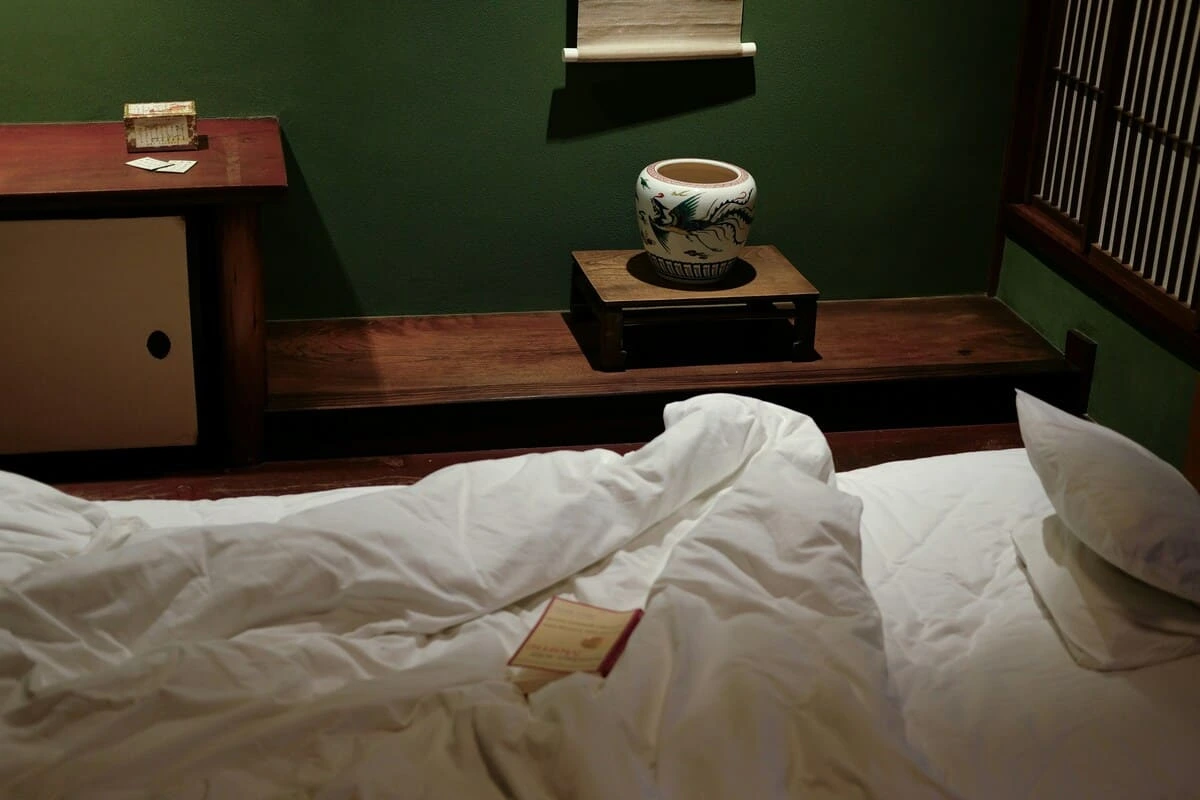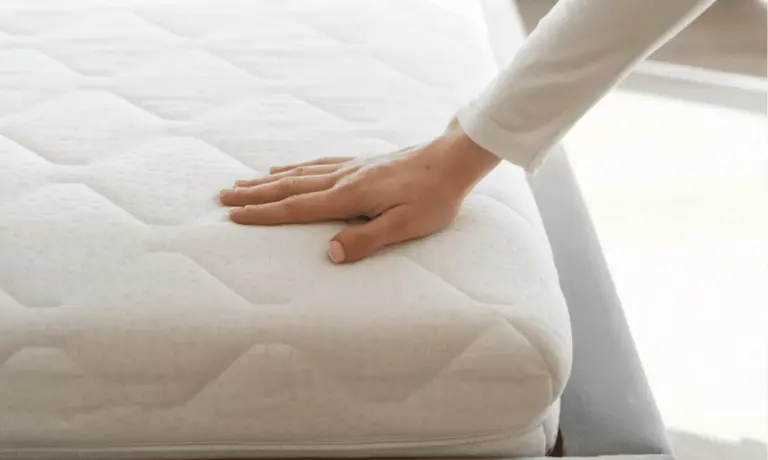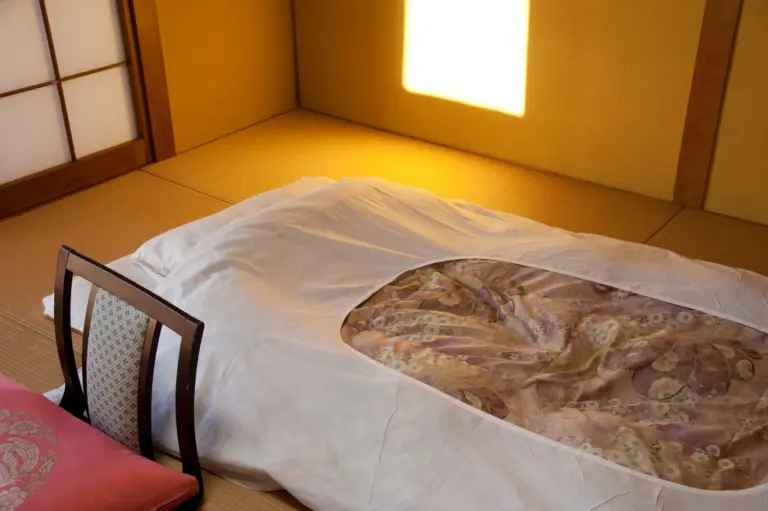Japanese Futon vs Mattress: Which Is Better for Your Sleep?
Japanese Futon vs Mattress — Finding the Right Choice for You
Choosing where you sleep is more than just picking furniture—it shapes how you rest, recover, and live each day. In the United States, the mattress has long been the unquestioned standard, but an alternative from Japan is quietly challenging its dominance: the shikibuton, or Japanese futon. Unlike bulky beds, these foldable mattresses bring a minimalist, adaptable approach to sleep. For anyone rethinking their bedroom setup, the futon vs mattress debate is worth exploring.
What Is a Japanese Futon?
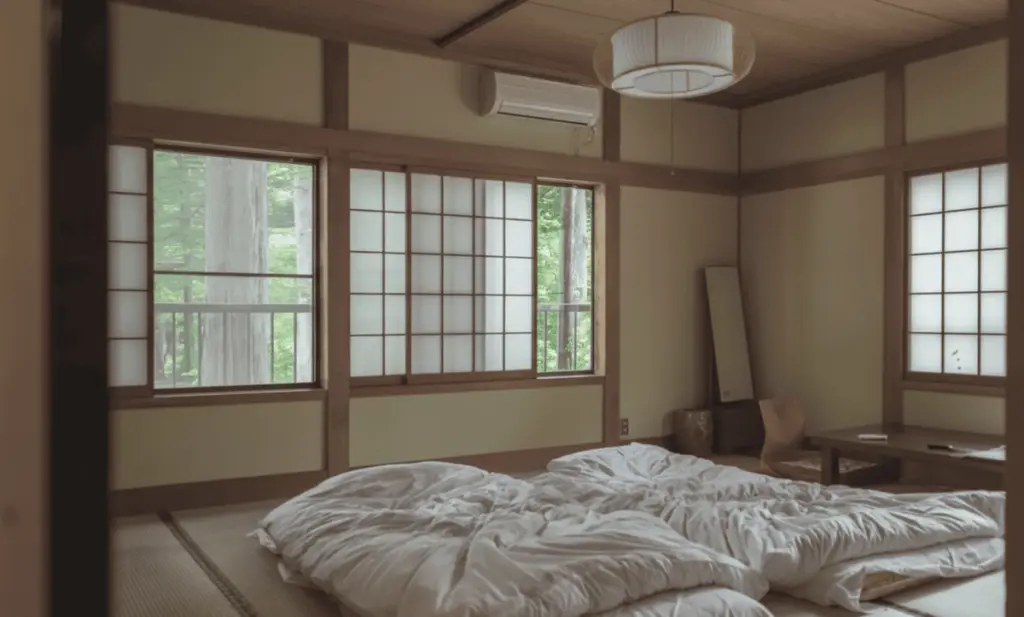
Traditional Design and Materials
A Japanese futon is a slim, foldable mattress usually filled with cotton. Unlike the sofa beds often called “futons” in the U.S., a shikibuton is meant purely for sleep. It is placed directly on the floor or tatami, then folded and stored away each morning. This daily rhythm—sleep, fold, store—creates a living space that transforms with you.
How It Differs from Western Futons
In the U.S., futons often mean convertible couches. The Japanese version is much simpler: light, breathable, and rooted in centuries of tradition. It’s not furniture pretending to be two things at once; it’s a dedicated sleep system designed for flexibility.
What Is a Western Mattress?
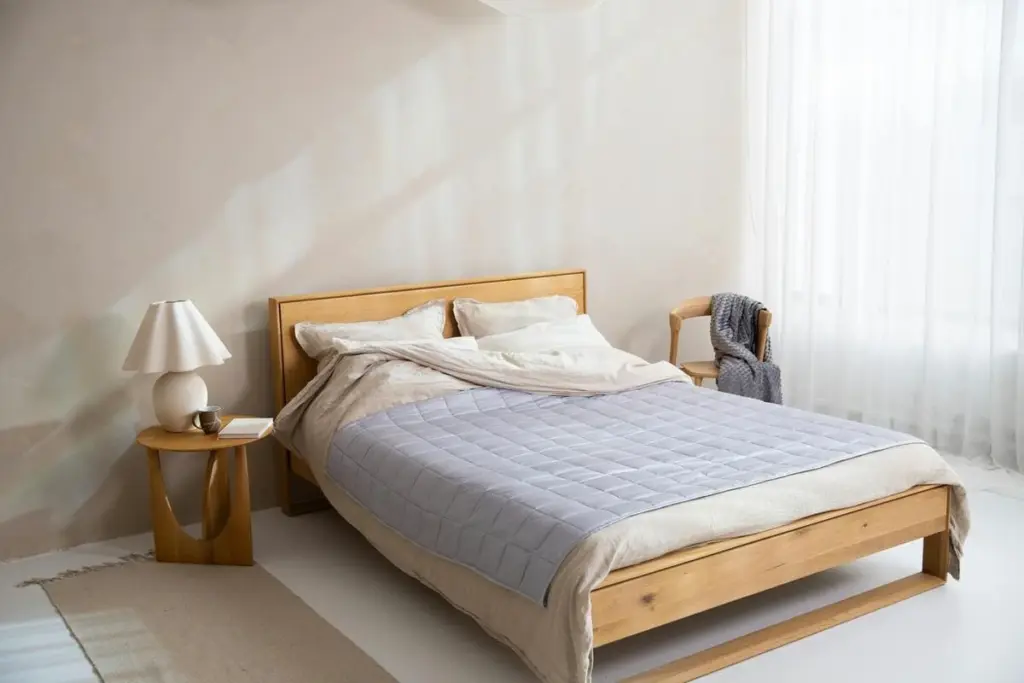
Common Types (Memory Foam, Spring, Hybrid)
The Western mattress is a product of industrial comfort. Memory foam wraps around your body, spring mattresses provide bounce, and hybrids promise the best of both worlds. They are thicker, heavier, and designed to stay in one place for years.
Standard Sizes and Thickness
Available in Twin through King, these mattresses usually measure 25–35 cm (10–14 inches) thick. They promise long-term durability but also demand permanent space in your home.
Key Differences Between Japanese Futon and Mattress
Comfort and Support
The Japanese futon offers firm, direct support. Many people find it aligns the spine naturally, though side sleepers may miss the cushion. Mattresses, by contrast, deliver plush layers and variety—soft to ultra-firm—but sometimes at the cost of overheating.
Space and Storage
Here lies the starkest difference: a futon can disappear each morning, making a studio apartment feel twice as large. A mattress, no matter how comfortable, anchors your space around the bed.
Breathability and Climate Suitability
Futons breathe with the seasons, staying cool in humid summers and easy to refresh under sunlight. Mattresses, even with cooling technology, tend to hold warmth and are harder to air out.
Price and Availability in the U.S.
High-quality futons typically range from $200 to $400, while mattresses cover a vast spectrum from $300 to $2,000+. Both are widely available online, but futons remain a niche choice in the U.S. market.
Pros and Cons of Sleeping on a Japanese Futon
Living with a futon feels different from sleeping on a bed. It’s not just about firmness—it’s about rhythm. Folding it up creates space, inviting you to use your room for yoga, work, or family gatherings. The price is lighter too, making it an affordable path into minimalist living.
But the simplicity comes with trade-offs. Futons are firm, and for side sleepers, pressure points can become an issue. They also require daily effort: folding, storing, and occasionally airing out under the sun. It’s a lifestyle choice as much as a bedding option.
Pros and Cons of Sleeping on a Mattress
Mattresses deliver comfort in abundance. Soft cushioning makes them friendly to side sleepers, couples, and anyone who values plush rest. They’re stable, long-lasting, and require no daily maintenance beyond occasional cleaning.
Still, they are heavy, expensive, and immovable. Dust and allergens can accumulate, and if you live in a small apartment, the bed will likely dominate your floor plan.
Which One Is Better for Different Sleepers?
- Side Sleepers: A mattress usually wins, offering relief for shoulders and hips.
- Back Sleepers: A futon provides the firm support that keeps the spine aligned.
- Stomach Sleepers: Both can work; a thinner futon or medium-firm mattress strikes the balance.
- Small Apartment Dwellers: Futons shine here, doubling your usable space.
- Allergy-Prone Sleepers: Futons can be sun-dried, making them easier to manage moisture and dust mites. Mattresses, being heavier and less breathable, can be harder to maintain.
Product Recommendations You Can Buy in the U.S.
Best Japanese Futons
– EMOOR Japanese Futon Mattress (Shikibuton) – Premium cotton, foldable, traditional feel.
– Fuli Japanese Traditional Futon – Lightweight, affordable, and easy to store.
Best Affordable Mattresses
– Zinus Green Tea Memory Foam Mattress – An entry-level, budget-friendly option that’s especially popular among first-time buyers.
– Tuft & Needle Original Mattress – Balanced support, good for multiple sleep styles at a mid-range price.
Conclusion: Choosing Between a Futon and Mattress
The choice isn’t about which is “better” universally—it’s about which fits your life. If you crave space, simplicity, and affordability, the Japanese futon may transform not only your sleep but also your home. If you want plush comfort, durability, and variety, the mattress still holds its ground.
In the end, the futon vs mattress debate is less a battle and more an invitation: to rethink what kind of rest, and what kind of home, you truly want.
